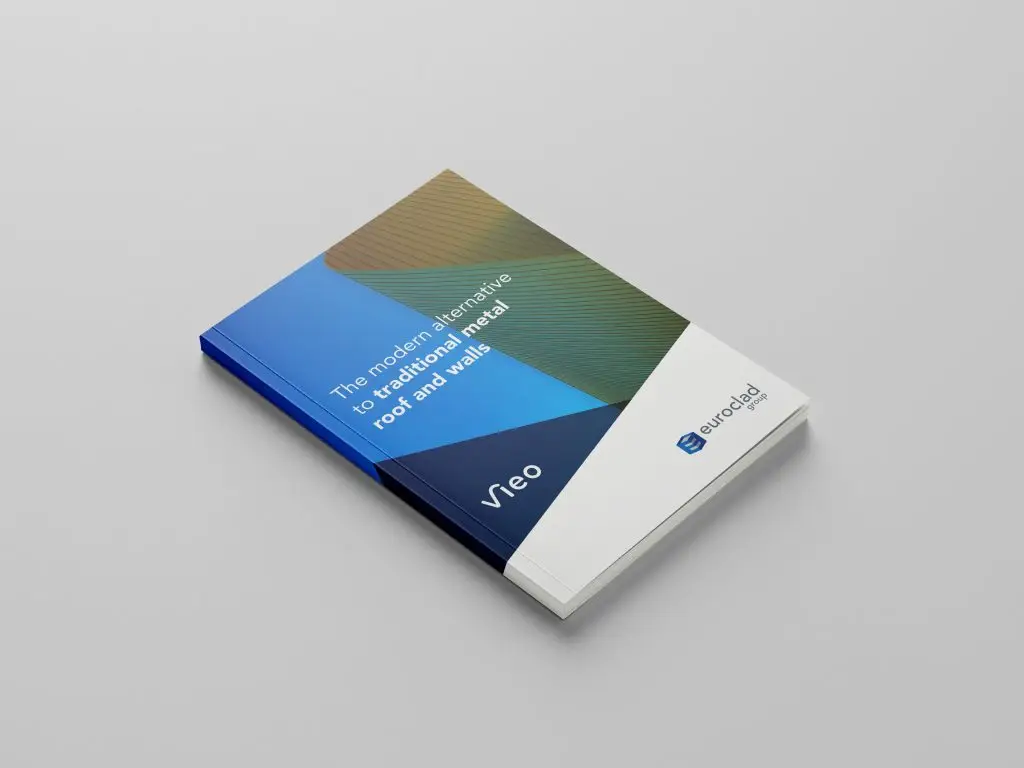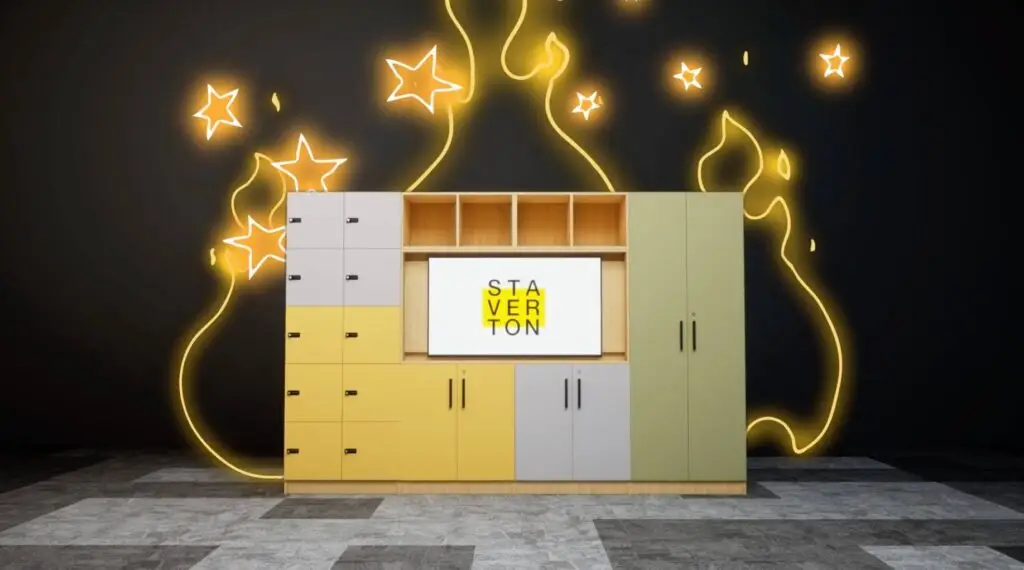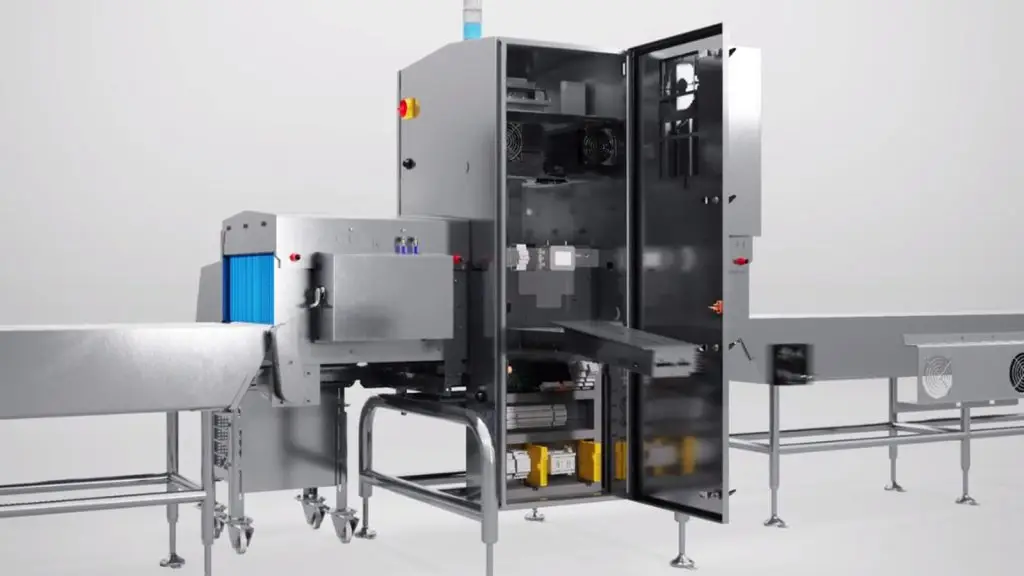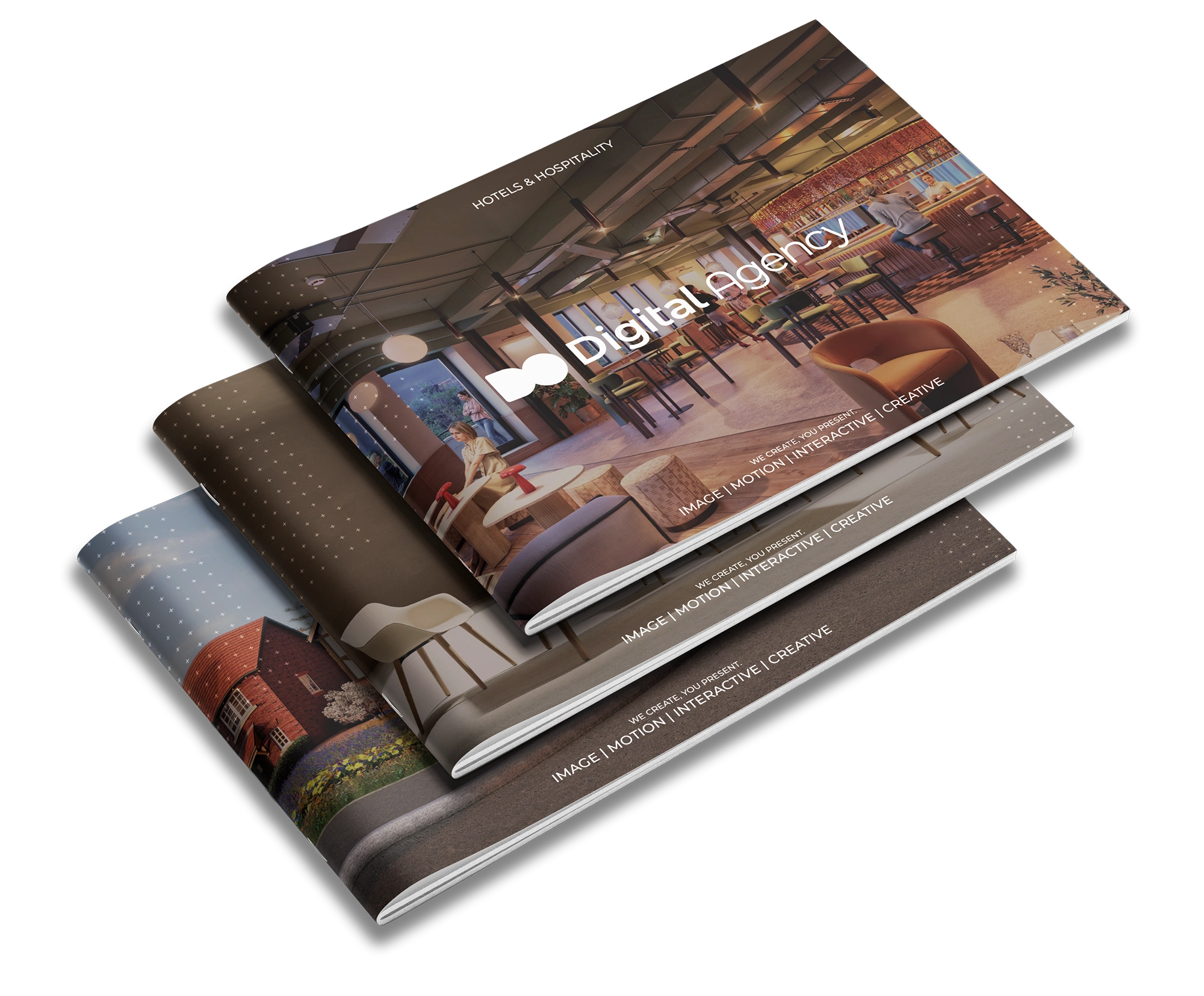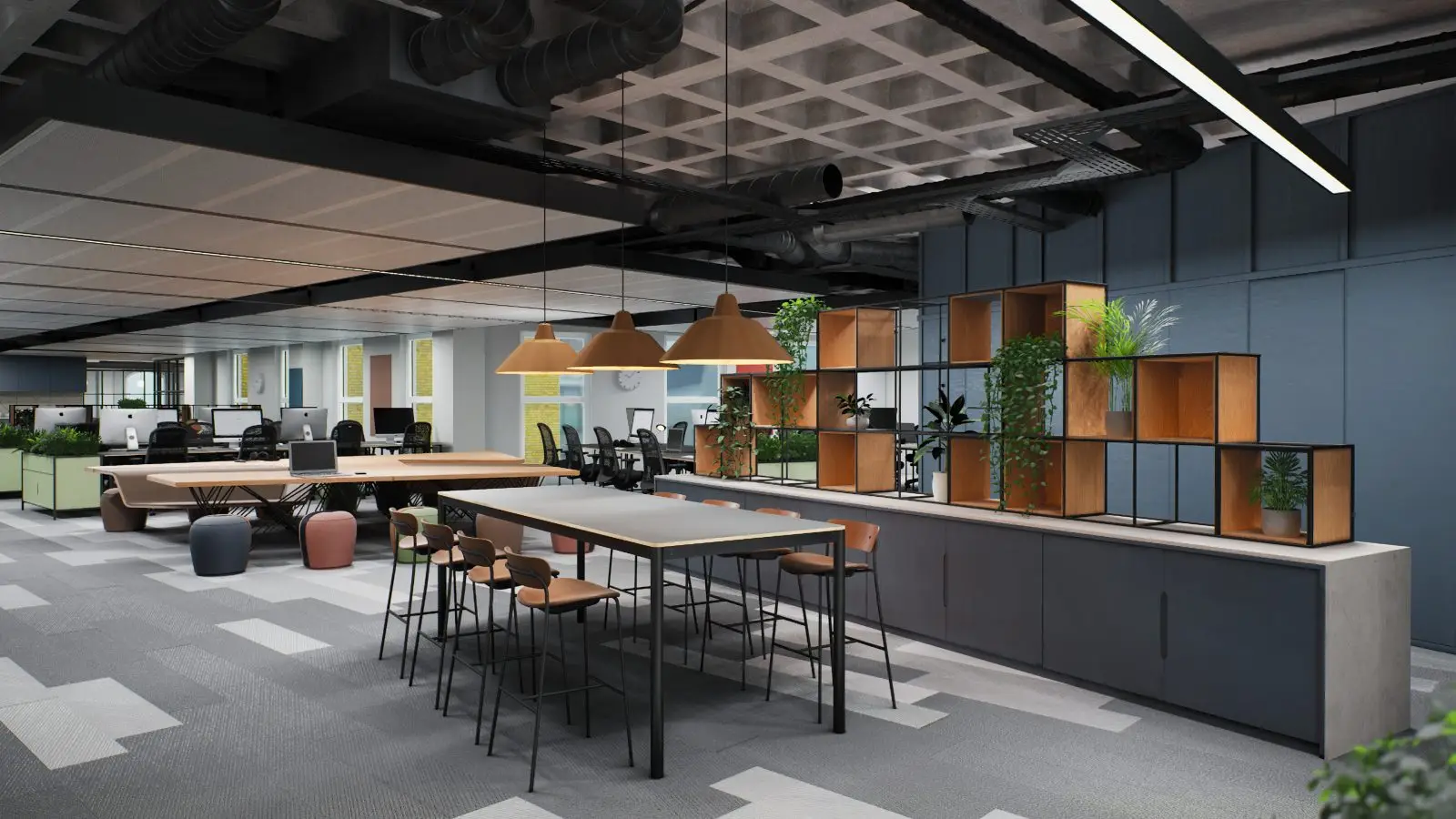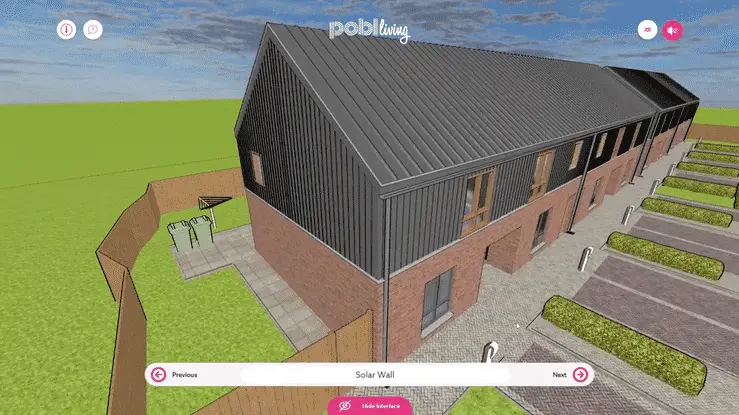how to know if you need 3D Models as demand grows
Blog
3D mODELING
Completed
mARCH 2024
Author
Darren Crcokett
As a manufacturer, with the increasing demand for 3D models, our response is pivotal. 3D models have evolved into indispensable assets within the CAD and digital realms, serving as vital components for product representation and integration into designs by architects, specifiers, and designers.
Over the past decade, while file formats have remained relatively static, the need for customized CAD blocks and 3D models has intensified. Compatibility and optimisation have become paramount considerations. A uniform approach is no longer viable as each file format necessitates tailored solutions.
In light of the narrowing scope of software preferences, prioritising file formats accordingly is imperative. We must adapt to this changing landscape to ensure seamless integration and satisfaction among our clientele.
Let's begin by assessing the commercial benefits for your business. Is the investment of time and resources justified by the potential returns?
Considerations include: Will lacking 3D CAD blocks or models result in missed opportunities?
If customers are requesting them, then the answer is likely yes. Inadequate digital representation may lead to reduced exposure for your products. Representing them in both 2D and 3D applications is crucial for specification.
Also, the additional embedded product information is vital when scheduling is concerned.
Will subpar CAD blocks be replaced by superior ones from competitors?
Undoubtedly. I've observed this scenario previously. Designers prioritise quality 3d models over subpar manufacturers' models, crucial for completing their design aspirations..
If your 8Bit model falls short, designers won't hesitate to seek out alternatives that better meet their needs and look pretty. While not identical, the help sell more effectively.
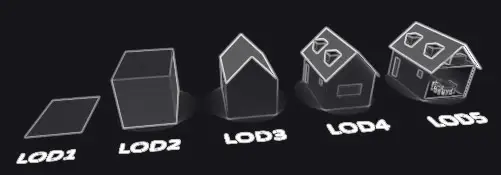
Start by asking:
What software are you using? This often serves as the most informative starting point.
What specific details do you require representation for? This could range from 3D visuals to scheduling information, ensuring you meet all their needs accurately.
Existing Resources:
Do you currently produce any CAD-related items internally? Many manufacturers utilise SolidWorks, offering an excellent foundation for generating 3D models.
Additionally, are your existing suppliers generating 3D models for production purposes? If so can you access this resource?
Exploring Ownership Transfer or permissions:
Consider the possibility of transferring ownership of these models along with the physical products. This avenue could unlock a vast array of models previously unknown to you, presenting an opportunity for expanded resources and capabilities.
Consider your preferred visualisation studios: Are they already producing 3D models? Can you access them? As a 3D studio ourselves, we frequently model products for our clients or refine existing models for our own use. Engage in courteous dialogue with them and inquire about the potential to repurpose these models for your specific needs.
LODs:
Detail Level Considerations:
Carefully evaluating the level of detail is crucial. Greater detail typically translates to increased effort and cost in model creation. Finding the right balance is integral to seamlessly integrating 3D collateral into your offerings.
For instance, achieving photorealistic visualisations often demands meticulous detail. Depending on proximity, visual teams may delve into minute features such as stitching details within a 3-meter radius.
Conversely, 3D CAD blocks tailored for Revit may necessitate less intricate detailing. Moreover, heightened detail also means larger file sizes. When designers are working on expansive CAD plans, larger files can strain computing power. For instance, a room filled with operator chairs could swiftly overwhelm a computer, leading to optimised models replacing yours solely due to memory constraints.

The Future of 3D:
Inevitably, the demand for 3D collateral continues to surge, accompanied by an increasing proliferation of 3D models tailored for manufacturing applications. Developing a thorough understanding of your 3D collateral environment, alongside the broader 3D landscape, is pivotal for optimising costs and avoiding inefficient resource allocation.
Every day, people interact with 3D content through various mediums such as augmented reality, videos, and imagery, right from their smartphones. Designers predominantly work in 3D rather than 2D. Now is the opportune moment to craft a 3D strategy that resonates with this ever-evolving landscape, enhancing your value proposition to meet the demands of a 3D-centric world.
In conclusion, the journey towards embracing 3D models in manufacturing is both critical and transformative. The escalating demand for these assets underscores their importance in modern design and specification processes. To effectively navigate this landscape, it’s essential to prioritize understanding customer needs, optimising existing resources, and considering the nuances of detail level and file formats.
Moreover, as the future unfolds, the integration of 3D content into everyday interactions will only intensify, emphasising the necessity for a proactive and adaptable 3D strategy. By seizing this opportunity and aligning with the evolving 3D ecosystem, businesses can not only meet current demands but also thrive in a world increasingly shaped by 3D innovation and visualisation.


